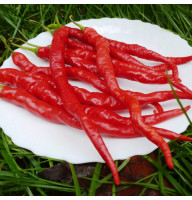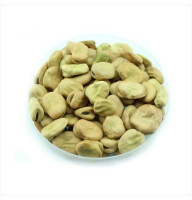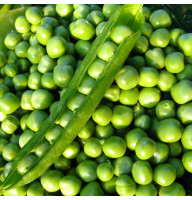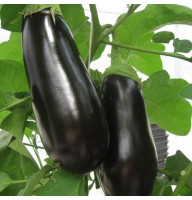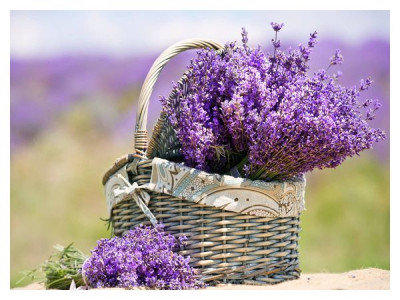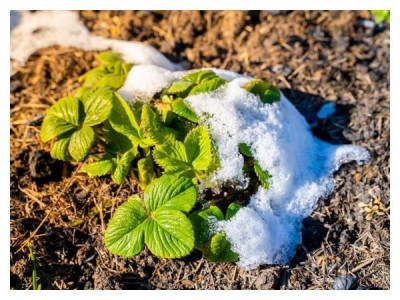Some picky plants can develop safely surrounded by any green «brethren». But not all cultures are so indiscriminate in their choice of neighbors. Let's find out what is best to plant with so that the plants do not oppress each other.
A classic example of mixed planting has been known for a long time: the American Indians planted corn, beans and squash together. The latter, with its large leaves, created shade, preventing the scorching sun from destroying the plants, and restrained the growth of weeds. Thanks to its tall stem and narrow but quite numerous leaves, corn protected the pumpkin from overheating, and beans, being good green manure, enriched the soil with nitrogen. And this is not the only example of such an ideal garden community.
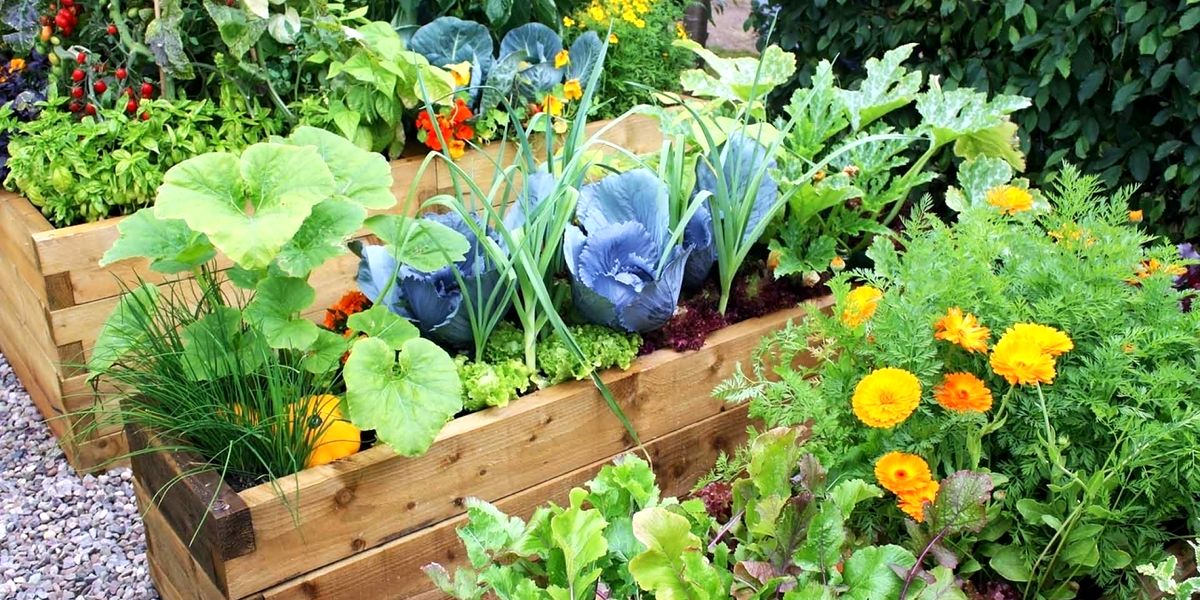
Eggplant
This crop is best planted among bush beans, which repel the Colorado potato beetle and thereby protect the little ones. Eggplants also grow well next to thyme and peas. Possibly adjacent to pepper and spinach.
But being next to cucumbers, tomatoes and potatoes is not the best option. Such «relationships» reduce the quality and quantity of the harvest.
According to some summer residents, eggplants should not be planted next to cucumbers and pumpkins. But opinions differ about the proximity of eggplants and tomatoes.
Beans
Beans grow well in the vicinity of many crops: cucumbers, tomatoes, sweet corn, radishes, radishes, spinach, mustard. They are also compatible with potatoes, but in this case you need to know one thing: beans should be planted only along the edge of the potato field, because they absorb large amounts of nutrients. Otherwise, the potato tubers will not receive enough necessary elements (in particular, potassium) and will grow small.
There are also useful herbs for beans that improve the development of the plant. These are basil, borage, lavender, oregano, rosemary, yarrow.
However, beans should not be planted with any types of onions, garlic, peas, marigolds and wormwood.
Grape
The growth of grapes is stimulated by crops such as radishes and oilseed radishes. It also gets along well with carrots, beans, rye, potatoes and beets.
And when planted together with onions, barley, soybeans and especially cabbage, the grapes quickly wither.
Peas
Peas grow well and bear fruit in the vicinity of carrots, turnips, cucumbers, radishes, radishes, kohlrabi, and parsley.
And its undesirable neighbors are all types of onions, garlic, tomatoes, wormwood and bush beans.
Cabbage (white cabbage and broccoli)
Crops such as bush beans and celery have a beneficial effect on cabbage. The latter, for example, protects cabbage from flea beetles.
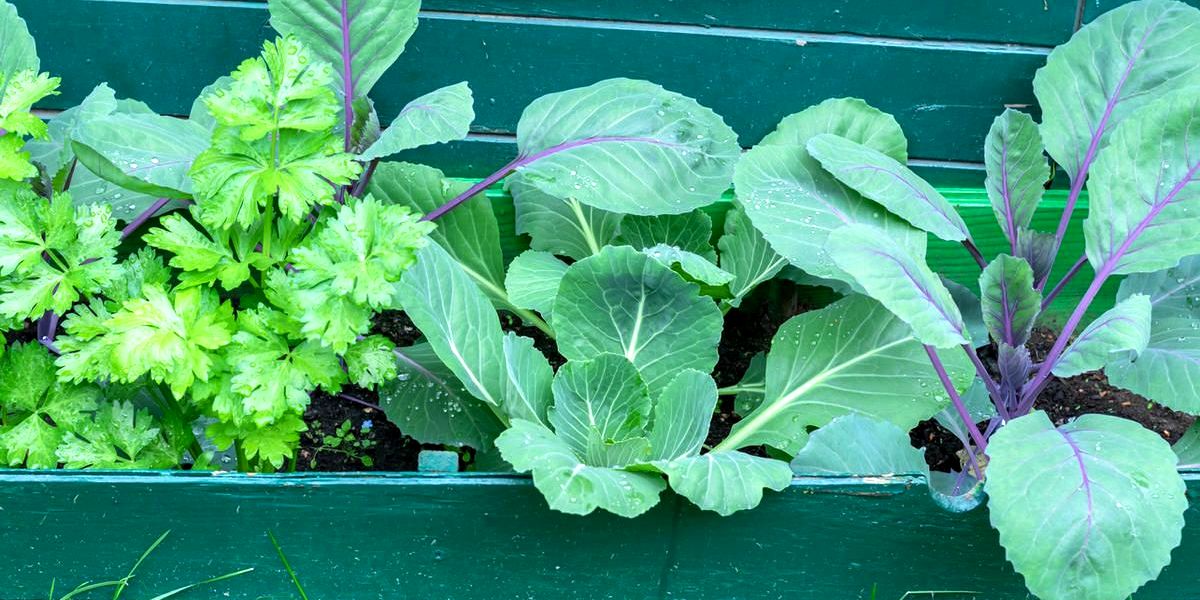
Also, white cabbage and broccoli get along well with peas, cucumbers, carrots, spinach, tomatoes, beets, and chicory. Dill has a positive effect: planted between rows, it improves the taste of cabbage and repels aphids and caterpillars. And aromatic herbs save this crop from cabbage butterflies: thyme, sage, rosemary, mint, chamomile.
Cabbage does not go well with crops such as parsley, garlic, grapes, turnips and tansy.
Potato
The best neighbors for this crop are spinach, beans, and bush beans. The latter, in particular, enriches the soil with nitrogen and repels the Colorado potato beetle.
If this striped pest does not allow the potatoes to develop well in your area, plant catnip, coriander, nasturtium, tansy or marigolds nearby. Potatoes are not a picky crop when choosing neighbors. Therefore, it is easier to list which plants it is not recommended to plant with. These are quinoa, cucumbers, pumpkin, asparagus, sunflowers and celery.
Strawberry
Garden strawberries (strawberries) are recommended to be planted next to bush beans, spinach and parsley. It can also be combined with garlic, onions, radishes, radishes, beets, dill, and lettuce.
But you shouldn't place strawberries next to horseradish.
Onion
Onions go perfectly with carrots. These crops protect each other from pests: carrots repel the onion fly, and onions repel the carrot fly. Due to its compact shape, onions thrive in the inter-rows of main crops such as beets, cucumbers, strawberries, spinach, and radishes.
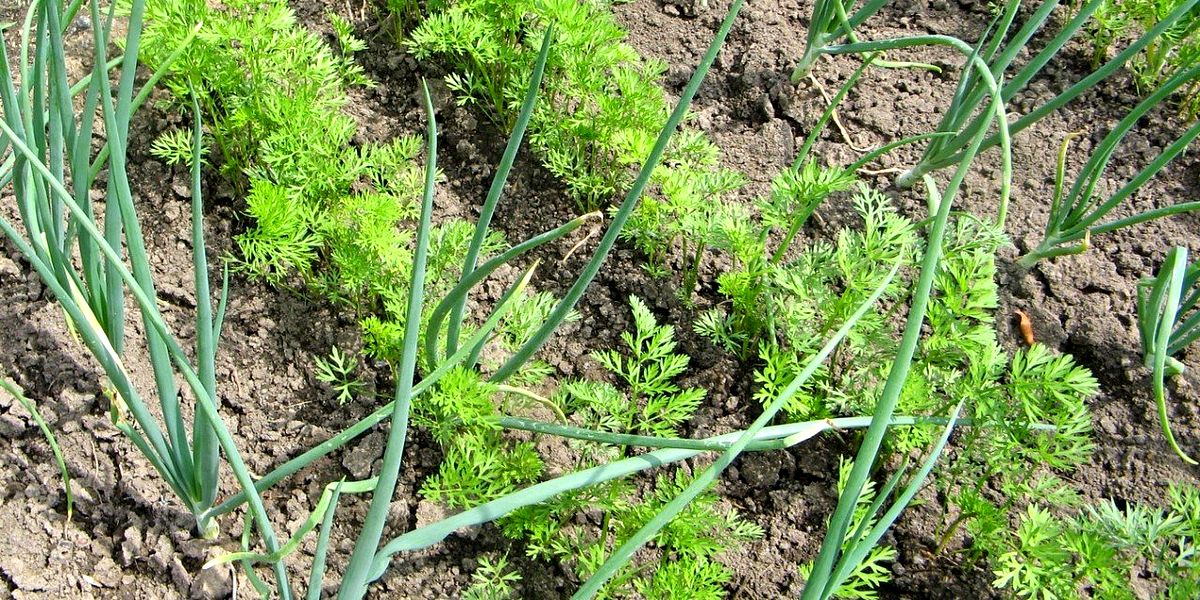
Some herbs have a positive effect on onions: thyme, chamomile (no more than one plant per meter of bed).
But proximity to beans, asparagus, watercress, peas and beans is contraindicated for it.
Carrot
This crop tolerates the proximity of many plants well, but develops best next to onions, peas and spinach. And herbs such as dill, anise, celery and parsley cannot be planted nearby. They act in a depressing way.
Cucumbers
Cucumbers go well with bush and climbing beans, celery, beets, lettuce, cabbage, garlic, onions, spinach, fennel, dill, basil, and marjoram. But it is best to plant beans around a bed of cucumbers: they help the plants develop faster.
It is not recommended to plant cucumbers next to potatoes and pumpkins.
But there are conflicting opinions about tomatoes; some gardeners doubt the fruitfulness of such a neighborhood.
Pepper
Pepper feels great next to eggplant, kohlrabi, tomatoes, basil and thyme.
And hostile plants are fennel, beans and beets.
Radish and radish
These crops grow well in combination with tomatoes, spinach, parsley, any type of onion, garlic, cabbage, strawberries, and peas. But ideal neighbors for them are leaf and head lettuce (they protect against flea beetles) and bush beans (improves the taste of root vegetables and repels pests).

However, it is not recommended to plant radishes and radishes next to zucchini, horseradish, cucumbers, basil and hyssop.
Turnip
For turnips to grow tasty and sweet, they need to be planted next to peas, watercress, marjoram, radishes, celery or spinach. But mustard, tomatoes and cabbage should not be nearby.
Beet
Beets go well with potatoes, tomatoes, bush beans and spinach. All these cultures stimulate each other's growth. Beets also have a positive effect on cabbage of all types, lettuce, radishes and radishes. This culture also gets along well with onions, garlic, cucumbers, strawberries, and celery.
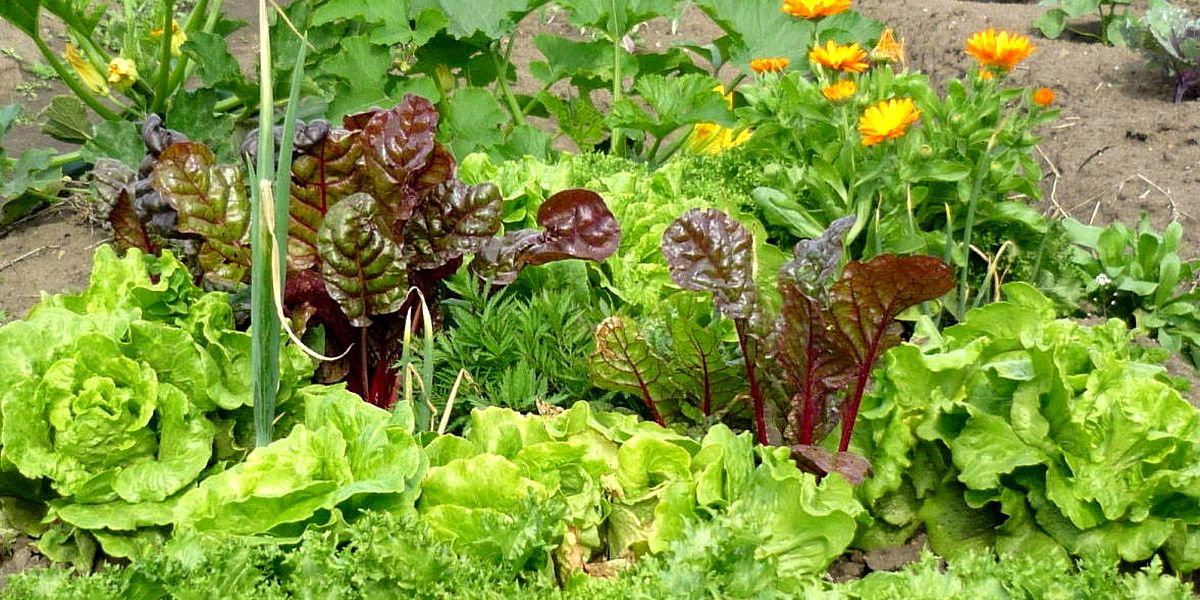
But in the vicinity of corn, chives, and parsley it grows poorly.
Celery
Celery and white cabbage are a wonderful duo. Celery drives away pests (whites) from cabbage, and it, in turn, stimulates its growth.
Celery also goes well with tomatoes, spinach, cucumbers, beets, lettuce and especially chives and bush beans. And next to corn, potatoes, parsley and carrots, it develops very poorly.
Tomatoes
Tomatoes grow successfully next to celery, radishes, radishes, corn, lettuce, cabbage, garlic, carrots, beets, chives, spinach, bush beans, and parsley. It is also advisable to grow herbs next to tomatoes: basil, lemon balm, borage, mint, sage, thyme. And also an excellent neighbor - stinging nettle. It improves the quality of tomato juice and extends the shelf life of the fruit.
However, keep in mind that this crop does not have a very good relationship with kohlrabi, fennel and dill.
Pumpkin
It is recommended to grow this crop mixed with corn.

But such neighbors as tomatoes, cucumbers, eggplant, potatoes, peppers and especially zucchini should be avoided. The latter are cross-pollinated with pumpkin, and as a result, a hybrid of these crops with low taste grows.
Bush beans
This is a very friendly plant. It grows well next to radishes, all types of cabbage, corn, celery, cucumbers, potatoes, tomatoes, eggplants, beets, lettuce, strawberries and spinach. Plus, beans release nitrogen into the soil and thereby help these crops develop well.
But the proximity of onions, garlic, fennel and peas is undesirable for beans. It is better to plant it next to thyme: it will protect against black aphids.
Garlic
Good neighbors for garlic are tomatoes, beets, carrots, cucumbers, strawberries, and radishes.
But beans, peas and cabbage have a negative effect on it.

